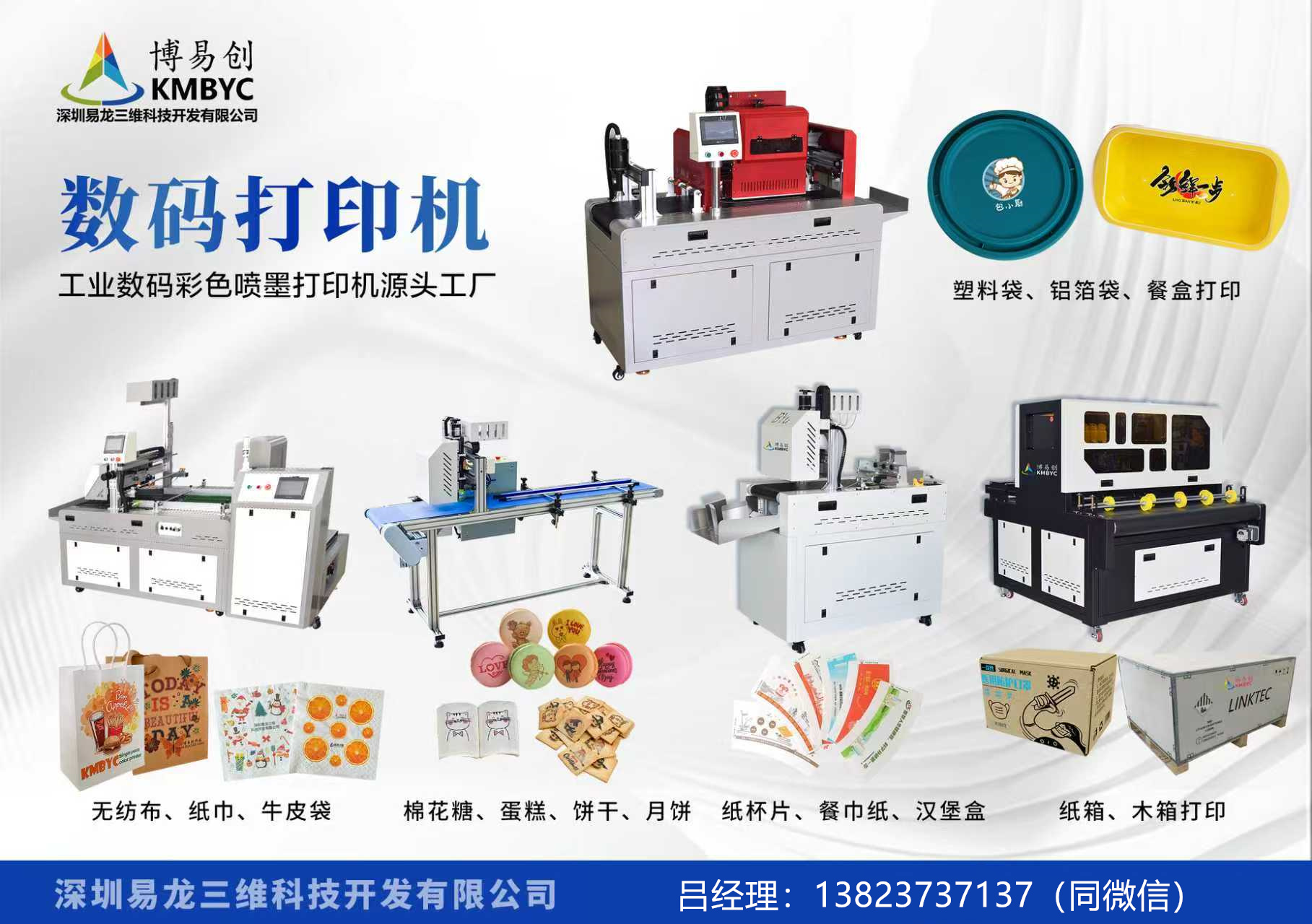
Enhancing Industrial Efficiency with Advanced UV Flatbed Printing Technology: The Rise of Handheld Innovations in the Bozhou Market
Introduction
In recent years, technological advancements have revolutionized numerous aspects of industrial production. Among these, UV flatbed printing technology has emerged as a cornerstone for innovation, particularly in the manufacturing and customization sectors. Handheld UV flatbed printers, while a relatively recent development, are quickly gaining prominence for their efficiency and versatility. This article delves into the core functions of these devices, their growing importance in the Bozhou market, and their broader implications for industries across the globe.
What is a UV Flatbed Printer?
A UV flatbed printer is a type of large-format printer that uses ultraviolet light-curing technology to print virtually any material on a flat surface. These printers are widely used in industries that require high-quality graphic imaging, including textiles, automotive interiors, building materials, and more. The incorporation of UV technology allows for instant curing of ink, creating durable, scratch-resistant prints. Handheld variants, however, bring a new dimension to this technology by offering mobility and flexibility for on-the-go printing needs.
The Role of Handheld UV Flatbed Printers
Handheld UV flatbed printers are designed for portability without compromising on performance. They are lightweight, easy to operate, and ideal for various surfaces, from curved and irregular shapes to large car models. These printers are becoming increasingly popular due to their adaptability, making them suitable for use in outdoor environments or on the shop floor where traditional printers may not be feasible.
One of the key advantages of these handheld units is their instant curing feature. Once the ink is deposited, the UV light immediately solidifies the coating, allowing printed items to be handled shortly after printing. This makes them ideal for production lines where time is of the essence. Additionally, the high level of customization available through these printers empowers businesses to create unique products tailored to specific customer requirements.
Bozhou's Dominance in UV Printer Manufacturing
Bozhou, a significant industrial city in China, is rapidly becoming a hub for advanced printing technology. Manufacturers in this region are at the forefront of producing innovative printing solutions, including handheld UV flatbed printers. The competitive landscape in Bozhou's market drives innovation and allows businesses to access cutting-edge technology at competitive prices.
The printers from Bozhou are known for their robust performance and intricate design tailored for professional users. They integrate seamlessly with existing industrial machinery, offering an efficient solution for businesses ranging from small workshops to large-scale manufacturers. The Bozhou market not only provides these printers but also offers extensive配套設施 (supporting facilities) such as maintenance services and software integration, further enhancing their appeal.
Technological Breakthroughs in UV Printing
Recent technological advancements have contributed to the effectiveness of UV flatbed printers. Innovations in LED technology have led to enhanced curing speeds and lower energy consumption. The integration of high-density UV LED arrays ensures precise curing while maintaining high print fidelity.
Furthermore, the combination of automated features and intelligent control systems allows for the creation of custom patterns with minimal manual intervention. The advancements in ink formulations mean that UV-curable inks can now adhere to any substrate, including metal, glass, plastic, and wood, thus expanding their versatility across a multitude of applications.
Economic Impact and Market Trends
The economic impact of UV flatbed printers extends beyond their immediate applications, affecting supply chains, production processes, and workplace safety. These printers streamline production by reducing post-processing steps, thereby minimizing labor costs and overall production time.
Market trends indicate a growing demand for personalized products and smaller production runs. Consumers increasingly favor unique designs, leading businesses to adopt technologies that can easily adapt to custom orders. Handheld UV printers perfectly cater to this shift by facilitating short-run production without sacrificing quality or efficiency.
Applications Across Industries
The versatility of handheld UV flatbed printers finds expression in diverse industries:
- Automotive Manufacturing: Used for painting car models and prototyping with intricate details.
- Signage and Displays: Ideal for creating vibrant, durable signs for both indoor and outdoor use.
- Architectural and Building Materials: Applied to customizing facades, wall cladding, and decorative panels.
- Advertising and Marketing: Used for crafting intricate visuals for retail displays, banners, and point-of-sale materials.
Future Prospects
Looking ahead, the prospects for handheld UV flatbed printers appear bright. Continued innovation in UV technology will likely lead to further improvements in speed, efficiency, and the range of materials compatible with these printers. As the demand for customization and shorter print runs increases, adaptable and mobile printing solutions like this will remain in high demand.
In conclusion, the emergence of handheld UV flatbed printers represents a significant advancement in printing technology, offering unparalleled flexibility and efficiency. Their prominence in markets like Bozhou underscores their potential to reshape industrial printing standards globally. As businesses continue to seek innovative solutions to enhance production processes and meet evolving consumer demands, the adoption of such technologies will undoubtedly play a crucial role in shaping the future of industrial manufacturing.


